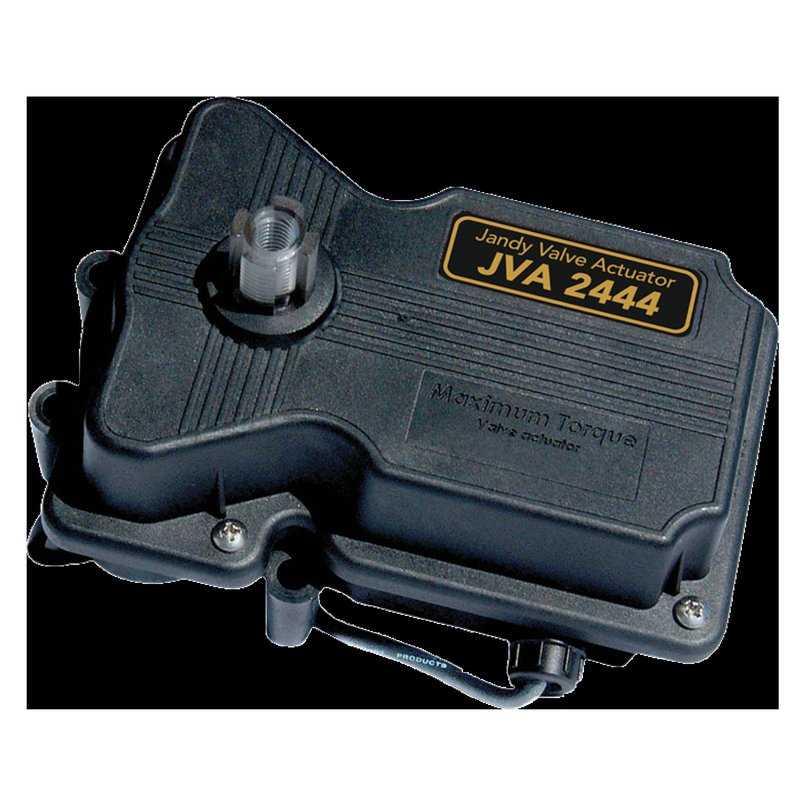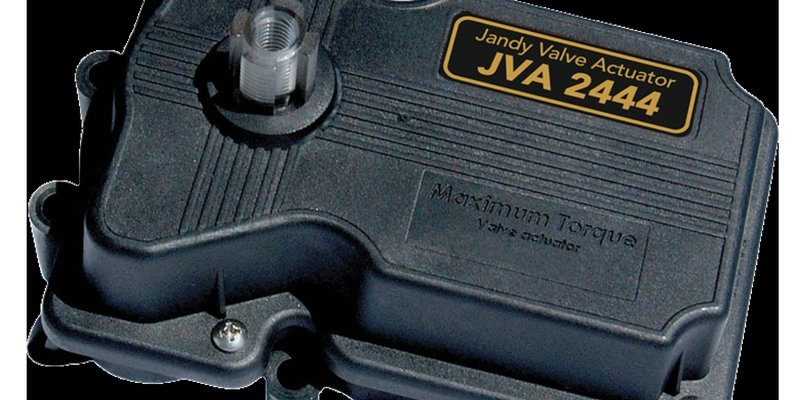
Jandy remotes are popular because they make pool management easy, whether you’ve got a handheld AquaLink device or a wall-mounted touch panel. But like any tech, they’re not immune to hiccups. And when your screen suddenly stops responding, you’re left staring at a stubborn glow or a stuck menu, unsure what to do next. Let’s dig into what causes this freeze-up, how these remotes actually work, and—most importantly—how you can thaw things out and get back to lounging by the pool.
How Jandy Pool Remotes Work (And Why Screens Freeze Up)
Here’s the thing: a Jandy pool remote isn’t all that different from your TV remote, just with a few more bells and whistles. It sends commands—like turning on pumps, changing light colors, or adjusting the spa temperature—to a central control box (the brain of your pool system). Most Jandy remotes today (like the AquaLink RS or the Jandy Pro Series) use wireless signals, but some still use a wired connection.
Now, what happens when the screen freezes? Basically, the remote’s inner “code” or software gets stuck. This can be caused by a hiccup in communication with the main system, a bug during an update, or even just low battery power. Imagine your remote’s brain suddenly getting overloaded or confused—so it takes a nap and stops listening.
Common triggers for a frozen Jandy remote screen:
- Batteries running low or dying
- Wireless signal interference or dropouts
- Software glitches or incomplete firmware updates
- Damage from moisture or heat
- Problems syncing or pairing with the pool control box
So if your Jandy remote freezes, it’s not necessarily “broken.” It just needs a little troubleshooting—kind of like when your phone gets weird and needs a quick restart.
Batteries: The Unsung Villain Behind Frozen Screens
Batteries are sneaky. You might not give them much thought, but when they start running low, your Jandy pool remote can go haywire. Honestly, a dying battery is one of the most common reasons the screen freezes. If you’ve noticed your remote’s response times getting slower, or if it’s acting up only sometimes, weak batteries could be to blame.
Here’s what typically happens: as the battery drains, there isn’t enough power for the remote’s microchip to work correctly. It might light up but can’t complete the “code” needed to display functions or send signals. Sometimes, you’ll see a blank screen, stuck numbers, or a display that won’t change even if you mash the buttons.
Signs your Jandy remote batteries need replacing:
- Screen flickers or fades before freezing
- Remote works fine near the charging base but freezes farther away
- No response after pressing buttons, even though the backlight comes on
- Battery indicator (if present) is low or flashing
Changing the batteries (or recharging, if your model allows) is the first thing you should try if your remote locks up. It’s a simple fix and solves the problem in many cases.
Signal Problems and Sync Issues
Let me explain: Jandy remotes talk to the main pool system using wireless signals, similar to WiFi or Bluetooth. If those signals get interrupted—or if the remote loses its “pairing” with the pool controller—your screen can freeze.
Ever been in a spot in your house where your phone loses reception? Same idea here. Things like thick walls, metal objects, or even distance from the pool equipment can mess with the wireless connection. Sometimes, devices nearby (like other remotes or wireless routers) can interfere, too.
What causes Jandy remote signal issues?
- Standing too far from the pool controller or inside thick-walled rooms
- Nearby electronics or metal objects blocking signals
- Power outages that cause your remote and main control panel to get out of sync
- Trying to use the remote too soon after unplugging or resetting the pool system
If your screen is stuck, try bringing the remote closer to the control panel. Resetting (power cycling) both the remote and the control unit (usually by unplugging and plugging back in, or pressing a tiny reset button) can help them “re-pair.” Think of it as making them shake hands again so they’re on the same page.
Software Glitches and Firmware Updates
Here’s where things get a bit more technical—but don’t worry, you don’t need to be a code whiz to follow along. Jandy pool remotes run on built-in software (called firmware). Sometimes, bugs or glitches in this firmware cause the screen to freeze, especially if the software update got interrupted or didn’t finish properly.
You might be wondering, “How does software even go wrong on a pool remote?” Well, a lot of them these days have small processors—little brains that need instructions. If those instructions get scrambled during an update or due to a power loss, the remote gets confused and can freeze mid-task.
Situations that lead to software freezes:
- Interrupting a firmware update (like losing power mid-process)
- Trying to use the remote while the main system is still rebooting
- Software bugs specific to your remote model or version
- Holding down buttons or accidental button presses during startup
The fix here is usually a “hard reset”—removing batteries, unplugging for a while, then restarting. In some cases, you might need to update the firmware again (following instructions from Jandy or your pool pro). If you’re not comfortable with this, don’t worry—it’s smart to call in an expert before things get too technical.
Physical Damage or Moisture (And Why It Matters)
Pools and electronics don’t always get along. Even though Jandy remotes are designed for around-the-pool use, they’re not invincible. Dropping the remote on concrete, splashing it with water, or leaving it under direct sunlight can damage the screen or the circuit board inside. Over time, this can cause the display to freeze, flicker, or go completely blank.
How can you tell if damage is the issue?
- Visible cracks or water spots under the screen
- Stuck or mushy buttons that don’t “click” like they used to
- Condensation inside the screen or battery compartment
- Screen only freezes after the remote has gotten wet
If you suspect water or physical damage, take the batteries out immediately and let everything dry completely. Sometimes, this revives the remote. But in cases of heavy damage, you may need a repair or a replacement. Honestly, prevention is best—store your remote up high and away from splashes when not in use.
When (and How) to Reset Your Jandy Remote
So your screen’s frozen and nothing’s working—now what? Here’s a step-by-step on a basic reset, which often solves the problem:
- Take the batteries out (or unplug the power, if it’s a wall-mounted remote).
- Wait about 60 seconds. Letting the remote “rest” clears out any lingering code or error signals.
- Put the batteries back in (or plug it back in), and turn the remote on.
- If the screen powers up normally, try a few buttons to check control. If not, repeat once more before moving on to deeper troubleshooting.
If a simple reset doesn’t help, the next steps include re-syncing (re-pairing) the remote to the main pool control panel. This usually involves pressing a “sync” or “learn” button on the control unit, then activating the remote as the instructions say. Each Jandy model is a bit different, so double-check your manual.
If you’re totally stuck or worried about damaging your system, don’t hesitate to call a pool technician or your installer. Sometimes trying too many resets can make things worse.
Comparing Jandy Remotes to Universal Alternatives
You might be wondering if you could just swap your frozen Jandy remote for a universal pool remote. Honestly, that’s rarely straightforward. Jandy pool systems use specific code and pairing procedures that most generic remotes can’t duplicate. Universal remotes might control simple functions—like turning a pump on or off—but likely won’t work for advanced settings, programming, or syncing with custom pool features.
Why stick with a Jandy-brand remote?
- Full functionality with AquaLink, Pro Series, or iAquaLink systems
- Easy firmware updates and consistent tech support
- Better durability against outdoor conditions (within reason)
- Access to all your pool and spa features (not just the basics)
That said, if your remote is completely dead and you need a temporary workaround, some pool owners do use basic wired controls or smartphone apps (where compatible) until they can get a replacement. Just remember, nothing beats the original when it comes to full access and reliability.
Troubleshooting Steps: From Frozen Screen to Working Again
Here’s a simple, beginner-friendly troubleshooting flow if you’re dealing with a frozen Jandy pool remote screen:
- Check the batteries. Replace or recharge first—don’t skip this step.
- Move closer to the pool control panel. Remove any barriers in between and see if the screen unfreezes.
- Perform a reset. Remove power for a minute, then reboot the remote.
- Look for signs of physical damage or moisture. If you find any, dry out the remote or plan for repairs.
- Try syncing or pairing again. Use your panel’s instructions (usually involves pressing a sync/learn button).
- Update the firmware. Only if you’re comfortable—otherwise, call a pro.
If none of these steps unfreezes your screen, your Jandy remote might need replacement—or there’s a bigger issue in the main system itself.
Wrapping It All Up: Keeping Your Jandy Remote Unfrozen
At the end of the day, a frozen screen on your Jandy pool remote usually has a fix—whether it’s new batteries, a quick reset, or giving the remote a break from interference. Understanding what’s happening under the surface makes troubleshooting less intimidating, even for beginners.
Remember to treat the remote gently, keep it dry, and check batteries regularly. If things get technical or you’re not sure what’s safe, don’t wrestle with it alone—there are plenty of pool techs and support options out there. Once your remote’s thawed out and working, you’ll be back to setting the perfect pool mood in no time—no frozen screens, just smooth sailing and sparkling water.
